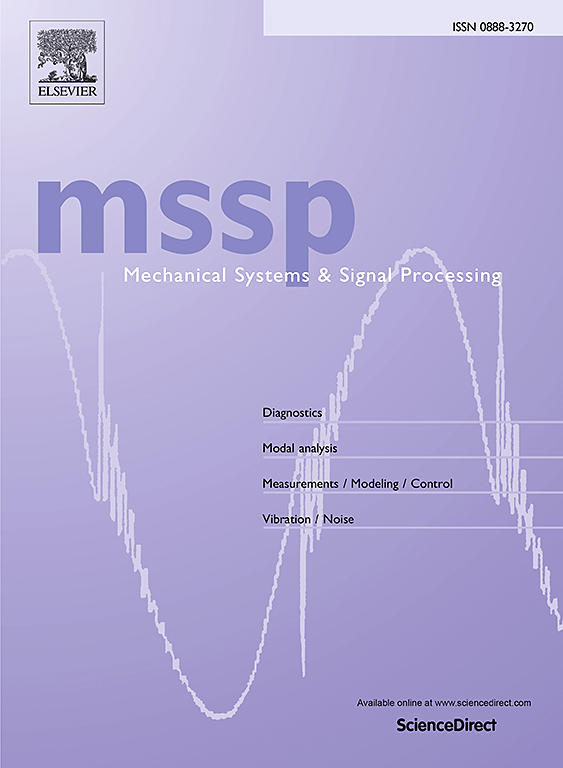Automated experimental modal analysis with density-based clustering: A benchmark validation through jury testing
IF 8.9
1区 工程技术
Q1 ENGINEERING, MECHANICAL
引用次数: 0
Abstract
Modal analysis has evolved into a major technology for the study of structural dynamics in the past several decades. Through it, complex structural dynamics phenomena can be represented in terms of structural resonance characteristics, i.e., the modal parameters: natural frequencies, damping ratios, and mode shapes. These analyses are often performed by analysts who manually select the system’s poles (which represent the modal parameters), from so-called stabilization diagrams, which is a time-consuming and error-prone process. Furthermore, the difficulty of interpreting stabilization diagrams increases with the complexity of the dataset, sometimes requiring an expert with a high level of domain knowledge to interpret it. Therefore, the automation of pole selection in modal analysis is important to accurately process complex datasets without user-dependent interaction and with repeatability. In this work, three Automated Modal Analysis (AMA) methodologies are proposed using three Machine Learning (ML) density-based clustering techniques, combined with domain knowledge of modal parameter selection. The methodologies are benchmarked against the manual selection by multiple engineers with different levels of modal analysis expertise. The benchmark study consists of the analysis of eight industrial datasets, and the further comparison to another industrially used AMA method applied to the same datasets. A comparative overview of the results is described in this paper, along with the advantages of the proposed AMA methodologies.
基于密度聚类的自动化实验模态分析:通过陪审团测试的基准验证
在过去的几十年里,模态分析已经发展成为结构动力学研究的一项主要技术。通过它,复杂的结构动力学现象可以用结构共振特性来表示,即模态参数:固有频率、阻尼比和模态振型。这些分析通常由分析人员执行,他们从所谓的稳定图中手动选择系统的极点(表示模态参数),这是一个耗时且容易出错的过程。此外,解释稳定图的难度随着数据集的复杂性而增加,有时需要具有高水平领域知识的专家来解释它。因此,模态分析中极点选择的自动化对于在不依赖用户交互的情况下准确处理复杂数据集和具有可重复性非常重要。在这项工作中,利用三种基于机器学习(ML)密度的聚类技术,结合模态参数选择的领域知识,提出了三种自动模态分析(AMA)方法。这些方法是由多个具有不同水平模态分析专业知识的工程师手动选择的基准。基准研究包括对八个工业数据集的分析,并进一步与应用于相同数据集的另一个工业使用的AMA方法进行比较。本文对结果进行了比较概述,并介绍了所提出的AMA方法的优点。
本文章由计算机程序翻译,如有差异,请以英文原文为准。
求助全文
约1分钟内获得全文
求助全文
来源期刊

Mechanical Systems and Signal Processing
工程技术-工程:机械
CiteScore
14.80
自引率
13.10%
发文量
1183
审稿时长
5.4 months
期刊介绍:
Journal Name: Mechanical Systems and Signal Processing (MSSP)
Interdisciplinary Focus:
Mechanical, Aerospace, and Civil Engineering
Purpose:Reporting scientific advancements of the highest quality
Arising from new techniques in sensing, instrumentation, signal processing, modelling, and control of dynamic systems
 求助内容:
求助内容: 应助结果提醒方式:
应助结果提醒方式:


